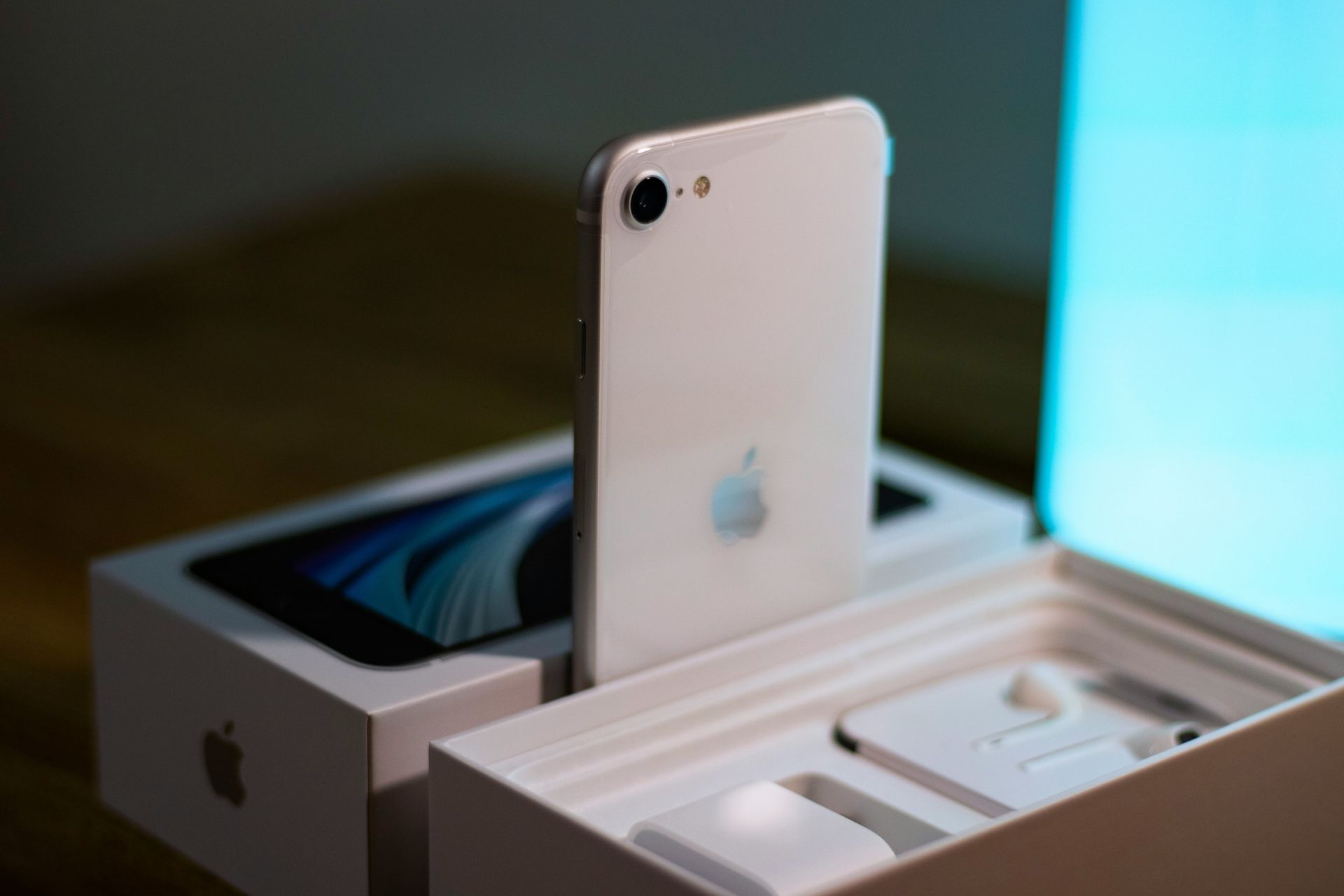The iPhone 16, Apple’s next anticipated release in its iconic smartphone lineup, has been the focus of the whole tech community for some time now and a new leak suggests that the A18 chip will be used to run the Apple Intelligence.
Recently, a piece of information has surfaced, revealing that the upcoming iPhone 16 models might be equipped with the A18 chip. The iPhone 16 leak has sparked a multitude of discussions and speculations among the tech world.
Understanding the potential implications of this choice requires a look at the background and historical context of Apple’s chip development and its strategic decisions in iPhone manufacturing.
The history of Apple’s chip strategy
Apple has a well-documented history of evolving its A-series chips, showcasing improvements in performance, efficiency, and capabilities with each iteration. The journey began with the A4 chip in the iPhone 4, and over the years, each subsequent model has brought forth enhancements that have set industry benchmarks. Typically, the newer models in the iPhone series have featured the latest A-series chips, reflecting Apple’s commitment to delivering the best technology has to offer for their customers.

The most recent chip before the A18, the A17 Pro, introduced with the iPhone 15 Pro models, marked a notable advancement with its improved processing power and enhanced energy efficiency. Each new chip generally brings significant improvements over its predecessors, and the A18 is expected to continue this trend with even greater capabilities.
What does the recent iPhone 16 leak tell us?
The recent leaks, as discovered by Nicolás Alvarez and reported by MacRumors, provide substantial evidence that Apple is planning to release four iPhone 16 models this year, all equipped with the A18 chip.
This information was gleaned from code found in Apple’s backend, indicating new model numbers that adhere to the numbering scheme used for Apple’s flagship devices. The identified models, labeled as iPhone17,1 through iPhone17,5, suggest a uniform chip usage across the lineup.
All the iPhone 16 rumors we have heard so far
Historically, Apple has tied its iPhone identifiers to their respective A-series chips, creating a clear lineage of technological progression. For example, the iPhone 15 models, which utilized the A16 chip, had identifiers starting with 15, while the iPhone 15 Pro models, featuring the A17 Pro chip, were identified with numbers starting from 16.
This systematic approach provides clarity regarding the technological advancements and differentiations among the various models.
Chip uniformity is always appreciated
The indication that all iPhone 16 models will use the same A18 chip is a noteworthy development. In previous iterations, Apple has often distinguished between the standard and Pro models by equipping them with different chips, offering varying levels of performance and features. The potential uniformity in the iPhone 16 lineup could imply a strategic shift towards standardizing the user experience across all models.

This uniformity might also be driven by Apple’s anticipated advancements in iOS 18, which are expected to introduce significant AI and machine learning capabilities under Apple Intelligence. The A18 chip, with its robust processing power, could be pivotal in enabling these features, ensuring that all iPhone 16 models are equipped to handle the demanding tasks of Apple Intelligence. By using the same chip across all models, Apple could streamline its production processes, optimize costs, and ensure a consistent user experience.
The possibility of a new iPhone SE model is there
The discovery of five model numbers, despite the expectation of four iPhone 16 variants, adds an intriguing layer to the leak. This fifth model number could potentially be associated with a future iPhone SE, although this remains speculative at this stage. Apple’s strategy of reusing high-performing chips in the SE models to offer a more budget-friendly option while maintaining strong performance has been well-received in the past.
Therefore, it’s plausible that the A18 chip might find its way into an upcoming iPhone SE model as well.
Featured image credit: Martin Sanchez/Unsplash





